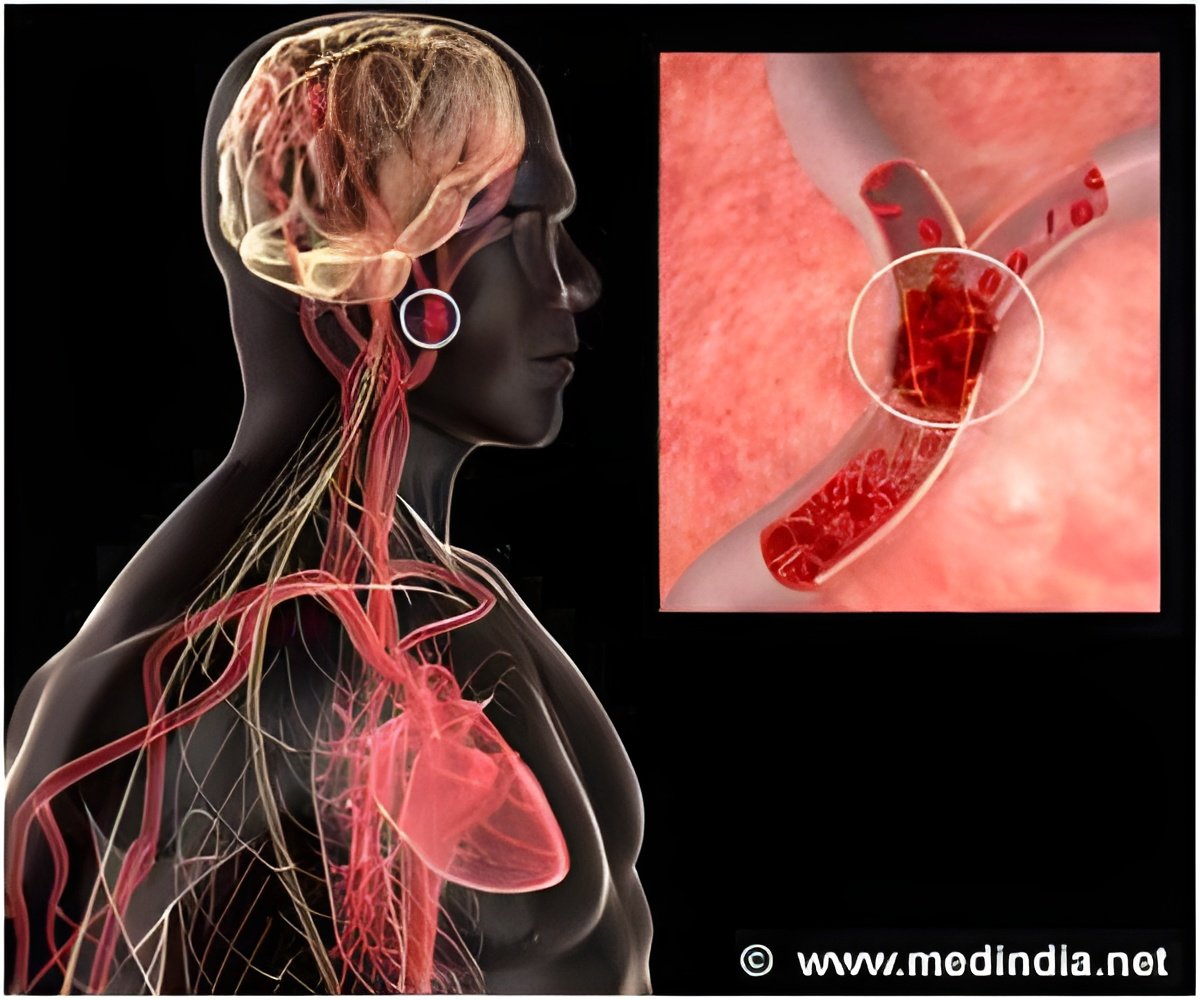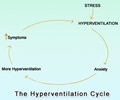
The team's findings are reported in the June 19 issue of the JAMA, The Journal of the American Medical Association.
Previous research had demonstrated that administering tPA intravenously up to 4.5 hours after a stroke occurs benefits patients with moderate to severe acute ischemic stroke. Data pooled from a number of small, randomized clinical trials showed that the benefit of tPA was greatest when given very early after stroke, and that the benefit declined throughout the first 4.5 hours.
But the available data from these clinical trials was small — just 1,850 tPA-treated patients from eight trials — limiting precision in delineating the influence of time-to-treatment, as well as researchers' ability to determine whether the benefits could be generalized to a wider population. To address this need, the current study used a large national registry to determine more precisely the association of time-to-treatment and the resulting outcomes.
The team, which included UCLA's Dr. Gregg C. Fonarow, a professor of cardiovascular medicine and the director of the Ahmanson–UCLA Cardiomyopathy Center, analyzed data from the national stroke care quality-improvement database maintained by the American Heart Association/American Stroke Association's Get With the Guidelines–Stroke program (GWTG–Stroke). They looked at the relationship between the time of treatment and in-hospital outcomes for 58,353 acute ischemic stroke patients treated with tPA within 4.5 hours of stroke onset.
The data was obtained from 1,395 hospitals between April 2003 and March 2012. The median age of patients, who were evenly divided between males and females, was 72. The average time from stroke onset to the beginning of treatment was 144 minutes, or roughly 2.5 hours. The extensive GWTG–Stroke database included information on each patient's medical history, stroke onset time, arrival time at a hospital, the time tPA treatment began, and other treatments and procedures.
Advertisement
"We know from brain-imaging studies that in humans, the volume of irreversibly injured tissue in the brain from an ischemic stroke expands rapidly over time, consuming 2 million additional neurons every minute until blood flow to the brain is restored," Saver said.
Advertisement
The findings underscore the important public health message that "time lost is brain lost in acute stroke," Saver said. "These results support the importance of the American Heart Association's "Target: Stroke" campaign, and the ongoing worldwide efforts to get stroke patients to a hospital and begin clot-busting treatment as soon as possible."
Please see the full JAMA paper for other authors and institutions that participated in the study, as well as for all author disclosures.
Source-Eurekalert











